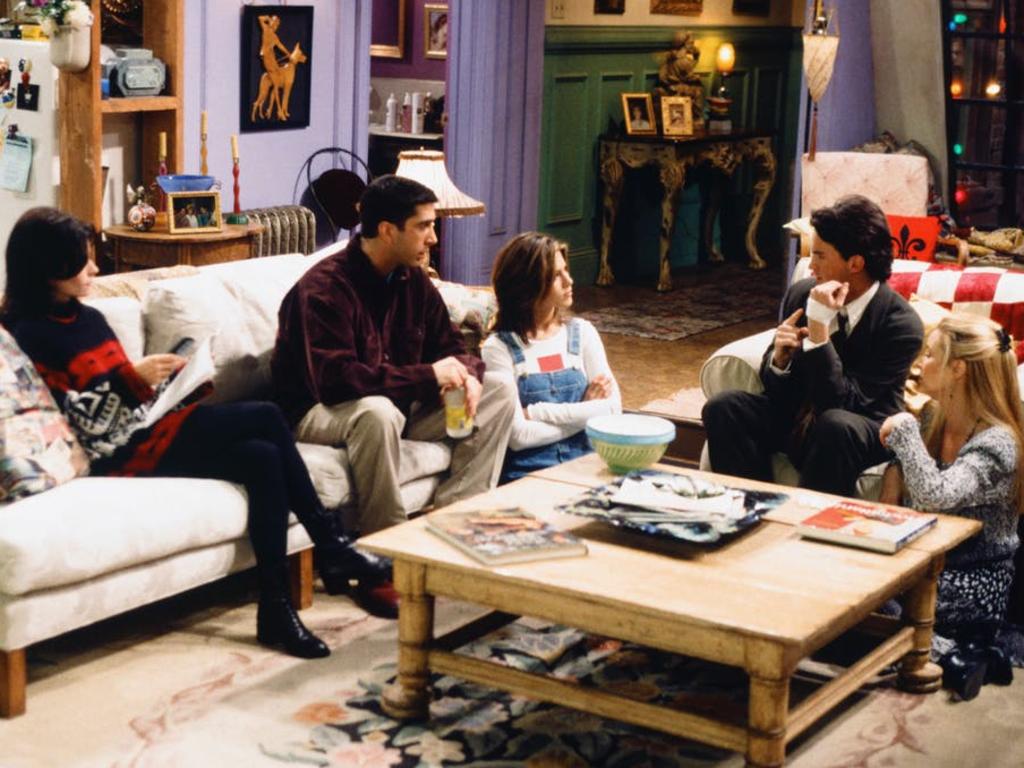James Morrow: Migration debate pits slackers vs strivers
If the past week in the United States is any guide, Australia may be about to finally have the big argument about immigration it needs but has so far done its level best to avoid, writes James Morrow.

If the past week in the United States is any guide, Australia may be about to finally have the big argument about immigration it needs but has so far done its level best to avoid.
A day or so after Christmas, while both nations were coming to grips with a week’s worth of ham leftovers (“I could make a pasta!”), the billionaire former Republican presidential candidate turned government cost-cutter Vivek Ramaswamy was putting down his deepest thoughts about the American dream.
In a long and occasionally bitter post on X, Ramaswamy claimed that American kids are lazy and that American culture is producing mediocrities because kids spend too much time hanging out with their friends instead of obsessing over calculus or the violin.
A sample: “More movies like Whiplash, fewer reruns of ‘Friends.’ More math tutoring, fewer sleepovers. More weekend science competitions, fewer Saturday morning cartoons. More books, less TV. More creating, less ‘chillin.’ More extracurriculars, less ‘hanging out at the mall.’”

The point of all this was that the US needed to accept competition from overseas workers willing to work three times as hard for half as much pay, particularly via a skilled migration program known as H-1B, simply because the locals weren’t good enough.
This went over about as well as could be expected.
But it also fired up a very necessary discussion about immigration, culture, and borders that has also been bubbling away just under the surface in Australia.
In the US, the sides lined up more or less like this.
On the one side, there were the Silicon Valley tech bros who see national borders as an inconvenience and want as many cheap 80 hour a week workers as they can get from anywhere in the world (though in truth most of the jobs being fought over go to Indians).
On the other, more traditional American conservatives said, no, look, there is plenty of American talent and American companies should hire Americans when at all possible, and the idea that the country’s already hard-hit middle class should accept even less is insane.
The tech bros and their libertarian supporters on X quickly accused anyone who believes that citizenship and shared national culture matter of bad faith, of passport racism, and of pleading for special treatment like DEI wokesters.
No, they said, this is about bringing the very best talent to America, to ensure the US remained on top.
But others went line by line through the visa program – the stats are all on the web – and found applications for everything from junior accountants to golf course managers to male strippers and said, no, this is taking the proverbial, and this is nothing but a scam to undercut wages.
Revelations were also made about companies and consultancies gaming the system, and turning often Indian tech workers into indentured servants unable to complain about their treatment lest they get booted from the country.
And regrettably both sides also engaged in a fair bit of ugliness, bad faith, and racism – the sort of things that often keep Australians from having the fight because of fears over “social cohesion”.
This should all sound very familiar to Australians.
Anyone who has gone through the occupations on Australian skilled visa list (dog trainer! yoga teacher! fitness centre manager!) knows skilled visa abuse is not just an American phenomenon.
And in some ways Australia has it worse.
Unlike the US, in Australia (whose economy was recently named one of the least complex in the world, behind Bangladesh and Senegal) immigration is one of the few things still propping up the economy.
It has become something of a drug, even if history shows that periods of lower immigration have been associated with higher GDP and productivity growth.
Both Labor and the Coalition pay lip service to bringing down Australia’s historically massive migrant numbers.
But these intakes are also generating cultural backlash and an increasing cynicism that this is all about keeping property prices high and wages low.
As seen in Canada and the UK, this is a recipe for disaster.
Particularly when large groups of migrants choose to essentially recreate their old cultures in their new homes – even if those cultures include beliefs about equality, women, Jews, work, and family that are anathema to their host liberal democracies.
The pro-Hamas hate marches that we’ve been treated to since October 7, to say nothing of the anti-Semitic attacks across Australia, are just a very public and unignorable part of a much larger problem.
Extremism aside, there is no doubt that the millions of migrants brought in through every conceivable avenue are putting stress on every part of the system from universities to housing.
Yet at the same time, let us concede that Ramaswamy has a point, and that even if we don’t go full Tiger Mother, hard working migrants are a good check against complacency.
Parents should limit screentime and encourage academics.
Education in America – much like in Australia – has coasted far too long on mediocrity and in the public systems put the needs of unions and bureaucrats first.
Yet economically, if local wages are undercut by those from the developing world, then there is no broad middle class prosperity to attract the best talent, to say nothing of to buy the tech world’s goods.
What makes and has made America (and Australia) great is not just classroom knowledge but everything else culturally that goes around it.





